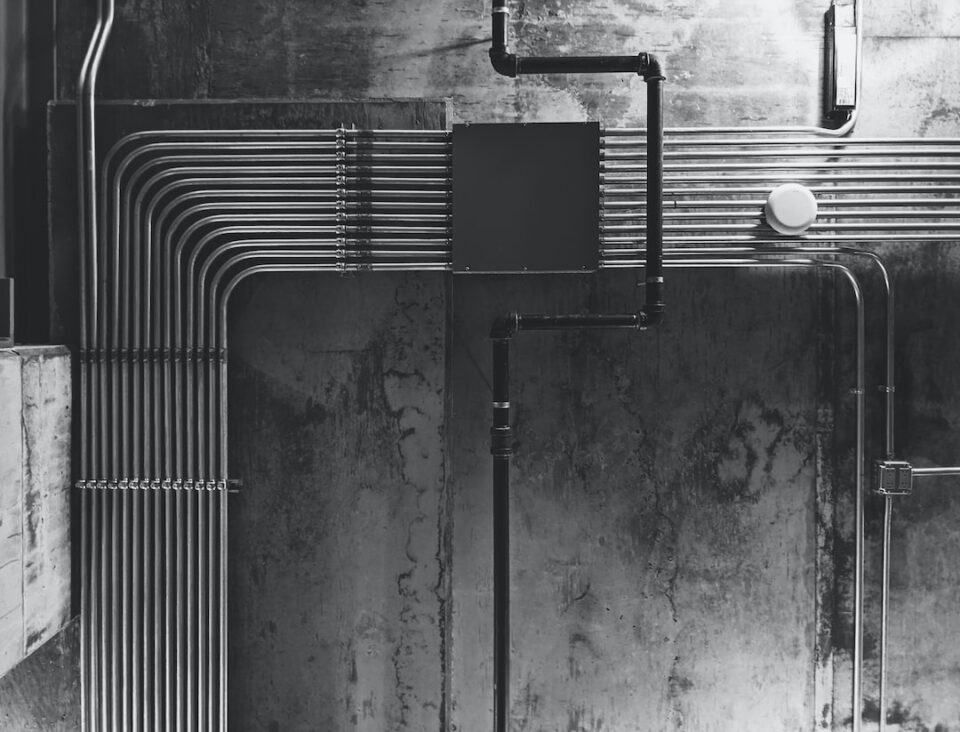The Role of 3D Printing in Manufacturing: Advancements and Future Possibilities
In recent years, the field of manufacturing has witnessed a revolutionary advancement that has the potential to reshape the entire industry. That advancement is none other than 3D printing, also known as additive manufacturing. This innovative technology has gained immense popularity due to its ability to print three-dimensional objects directly from a digital file. From prototyping to end-use products, 3D printing is changing the way we think about manufacturing.
One of the greatest advantages of 3D printing is its ability to create complex geometries that were previously impossible or extremely difficult to produce using traditional manufacturing methods. With 3D printing, designers have the freedom to create intricate objects with intricate features, allowing for greater customization and product innovation. This flexibility has opened up numerous possibilities across various sectors, including aerospace, automotive, healthcare, and consumer goods.
Moreover, 3D printing has significantly reduced the time and cost involved in the manufacturing process. Traditionally, producing a prototype or a small batch of products required extensive tooling and setup, which could be costly and time-consuming. With 3D printing, companies can quickly produce prototypes and iterate on designs at a fraction of the cost. This rapid prototyping not only speeds up product development but also encourages innovation and experimentation.
Furthermore, 3D printing has played a pivotal role in bringing manufacturing closer to the customer through the concept of distributed manufacturing. Rather than relying solely on large factories located far from the end consumer, 3D printing allows for localized production. It offers the opportunity to establish small-scale production facilities closer to the customer, reducing shipping costs, lead times, and minimizing the environmental impact associated with transportation.
The future possibilities of 3D printing in manufacturing are vast and exciting. As the technology continues to evolve and improve, we can expect to see even greater advancements and applications. One area with tremendous potential is the medical field. Already, 3D printing has been used to create customized implants, prosthetics, and surgical instruments. In the future, it could revolutionize the way we produce organs for transplantation, potentially solving the global organ shortage crisis.
Additionally, 3D printing has the potential to transform the construction industry. Imagine printing entire buildings, with intricate architectural designs and reduced waste. This would not only make construction faster and more cost-effective but also allow for greater architectural freedom and sustainability.
Furthermore, the aerospace industry stands to benefit greatly from 3D printing. The ability to print lightweight, complex structures can result in significant weight savings in aircraft, leading to improved fuel efficiency and reduced emissions. It also allows for on-demand production and replacement of parts, reducing maintenance downtime and costs.
In conclusion, 3D printing has already made a significant impact on the manufacturing industry, and its future possibilities are incredibly promising. With its ability to create complex geometries, reduce time and cost, and bring manufacturing closer to the customer, 3D printing has become a game-changer. As the technology continues to advance, we can expect to see even more innovative applications across various industries. From healthcare to construction and aerospace, the role of 3D printing in manufacturing is only bound to grow, revolutionizing the way we create, produce, and consume goods.

